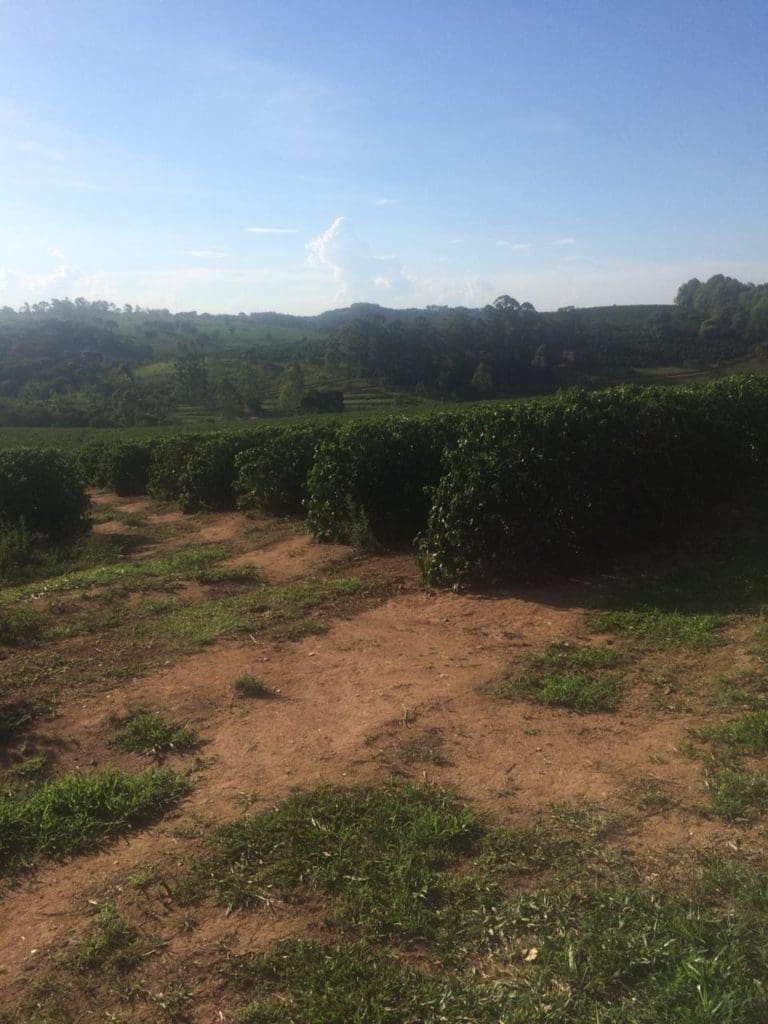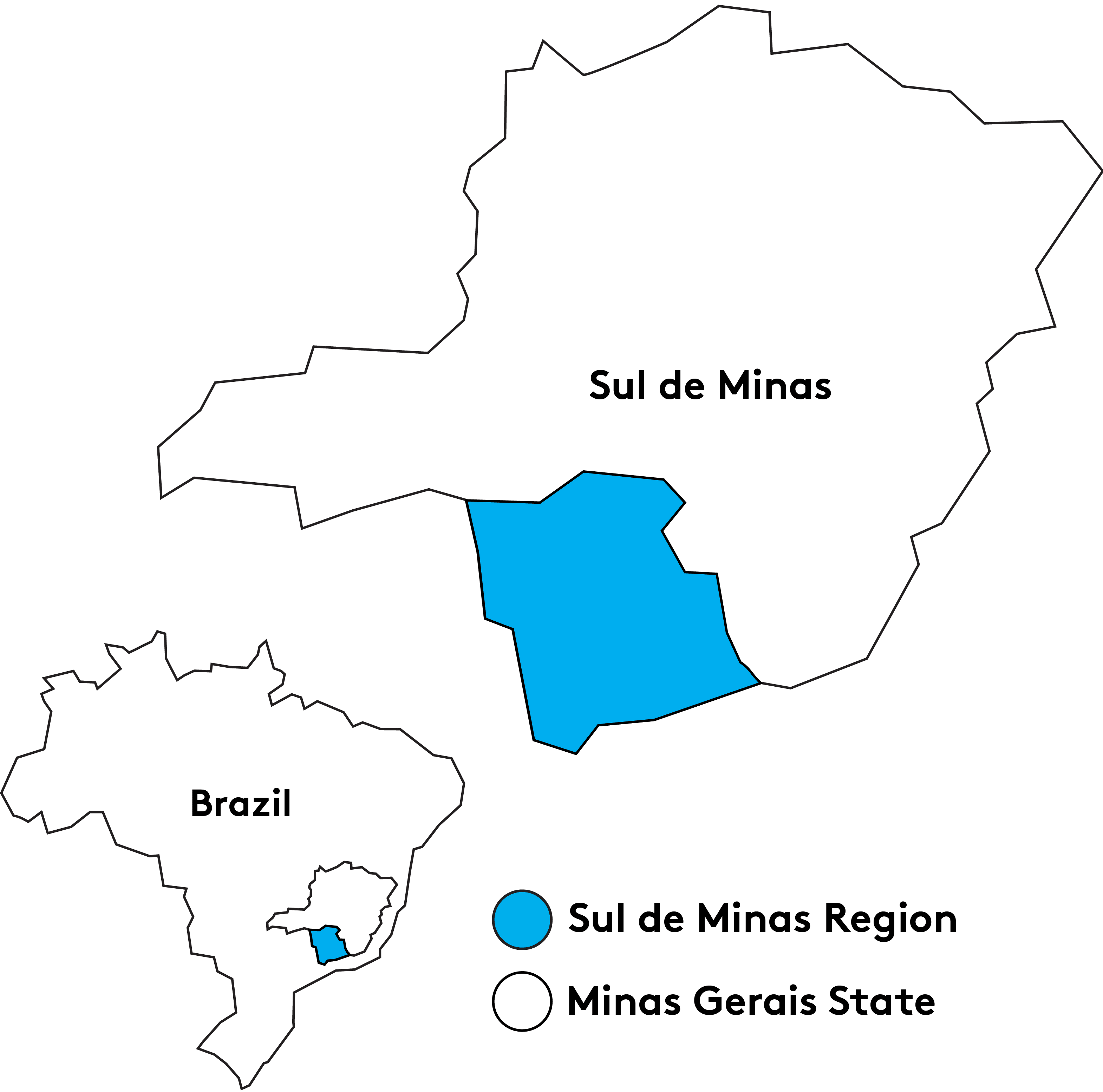This story begins at the end of the nineteenth century with Antônio Firmo de Mattos’ grandparents, when, in the year 1895, the family patriarch, Francisco Firmo de Mattos, began rural activities at Fazenda do Racho in the municipality of Contagem, Minas Gerais. These were the first coffee lands of the family and became their main economic activity.
In 1956, with the death of Francisco, the Mattos family created a vast memorial to his experiences and passion for coffee culture as his legacy. Antônio Firmo de Mattos continued with the branch of coffee farming, as have most of his sibilings. He chose to farm in the region of Sul de Minas because it was recommended by other farmers also concerned with achieving quality.
Fazenda Boa vista is located in the city of Oliveira and grows Catuai, Yellow Bourbon, and Mundo Novo varieties on 28 of the farm’s 30 hectares. The flowering in September and October leads to harvest in June and July.


